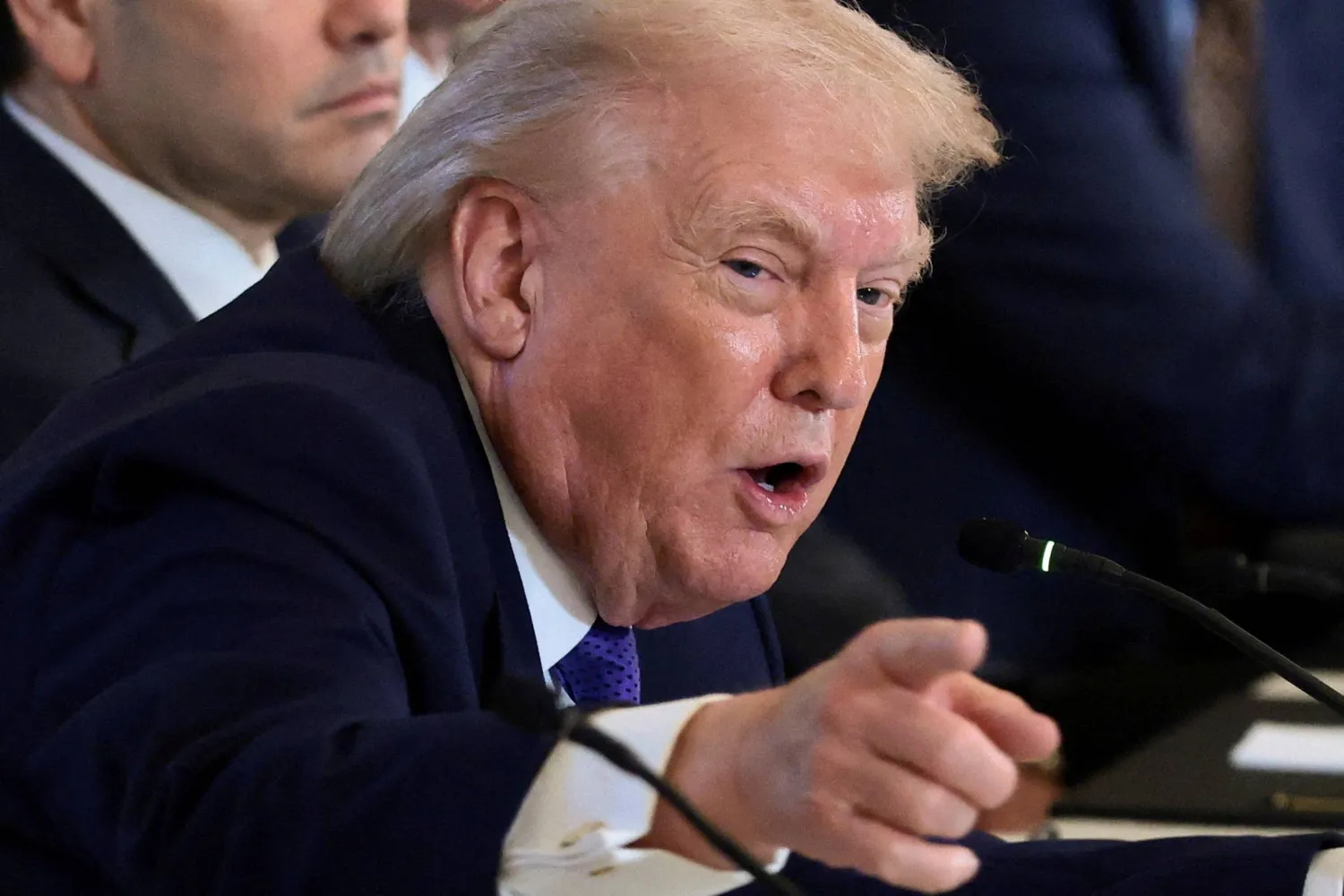Algerian victims of terrorist attacks that took place in the country during the 1990s, gathered at the capital's central al-Baird Square demanding their inclusion in the Ministry of Mujahideen.
The victims called for justice, saying they were among the first to resist extremist groups, just as the “mujahideen” fought French colonialism during the liberation war.
The protesters tried to march towards the government headquarters to meet Prime Minister Abdelaziz Djerad but were banned by security forces.
They launched an online campaign commemorating the terrorist attacks, which killed 150,000 according to official figures, while unofficial sources say that the number does not exceed 60,000 victims.
The victims also used the hashtag “Mansinash” (we have not forgotten) emphasizing that they still remember the mass massacres and assassinations committed by militant groups all over the country.
They called on the authorities to adopt March 22 as the “national day for victims of terrorism.”
The majority of the protesters came from Sidi-Hamed, south of Algiers, which witnessed a terrorist attack during Ramadan in 1998, that killed 100 persons and injured dozens, many of whom were permanently disabled.
The government makes monthly allocations of $150 in the local currency to the injured, which many believe is not enough.
Suleiman Amour, 50, who lost his eye during the attack, told Asharq Al-Awsat that the monthly income does not cover his needs and medical bills, saying this grant is a “disgrace.”
Families of victims published photos of their relatives who were killed in attacks between 1995 and 1997.
They also circulated pictures of intellectuals and journalists who were assassinated at their workplaces or near their homes, including journalist Smail Yefsah, who was killed in 1993 by the Islamic Front for Armed Jihad.
The extremist group is known for its operations against secular intellectuals who were against the establishment of an Islamic state and assassinated over 110 journalists and media workers between 1993 and 1999.
Members of the "Association of the Families of Victims of Terrorism” condemned the government's support to terrorists included in the truce agreements.
The government provided aid to "repentant" extremists who surrendered to authorities within the framework of the three laws enacted to end wars: Law of Mercy (1995), the Civil Harmony Law (1999), and the National Reconciliation (2006).
The association is chaired by Fatima-Zohra Flici, the widow of well-known doctor Hadi Flici who was assassinated in his clinic.
Meanwhile, the Islamic Salvation Army asserted that 6,000 of its members who surrendered to the authorities did not receive “a single penny” from the government.
The group's former leader, Madani Mezrag, confirmed in previous statements to the media, that the negotiations with the intelligence services in 1997 included the reintegration of members of the organization into their former workplaces before joining terrorist organizations.
He also indicated that they enjoyed all their civil and political rights, such as the right to run for elections and join parties, however, he claims the government "did not fulfill its promises."









